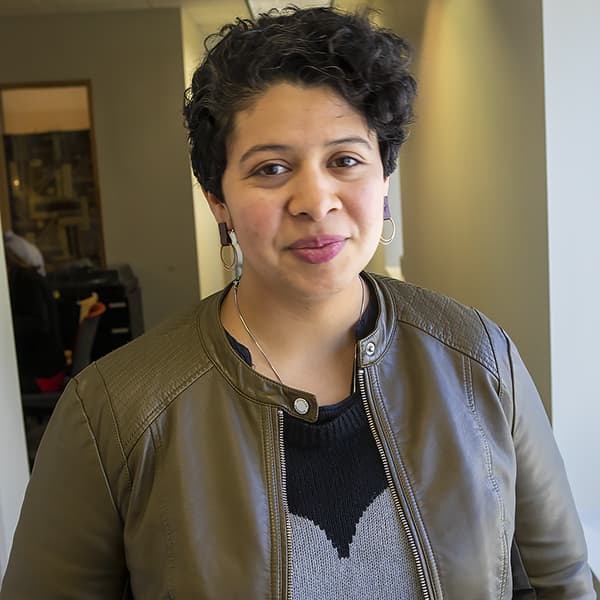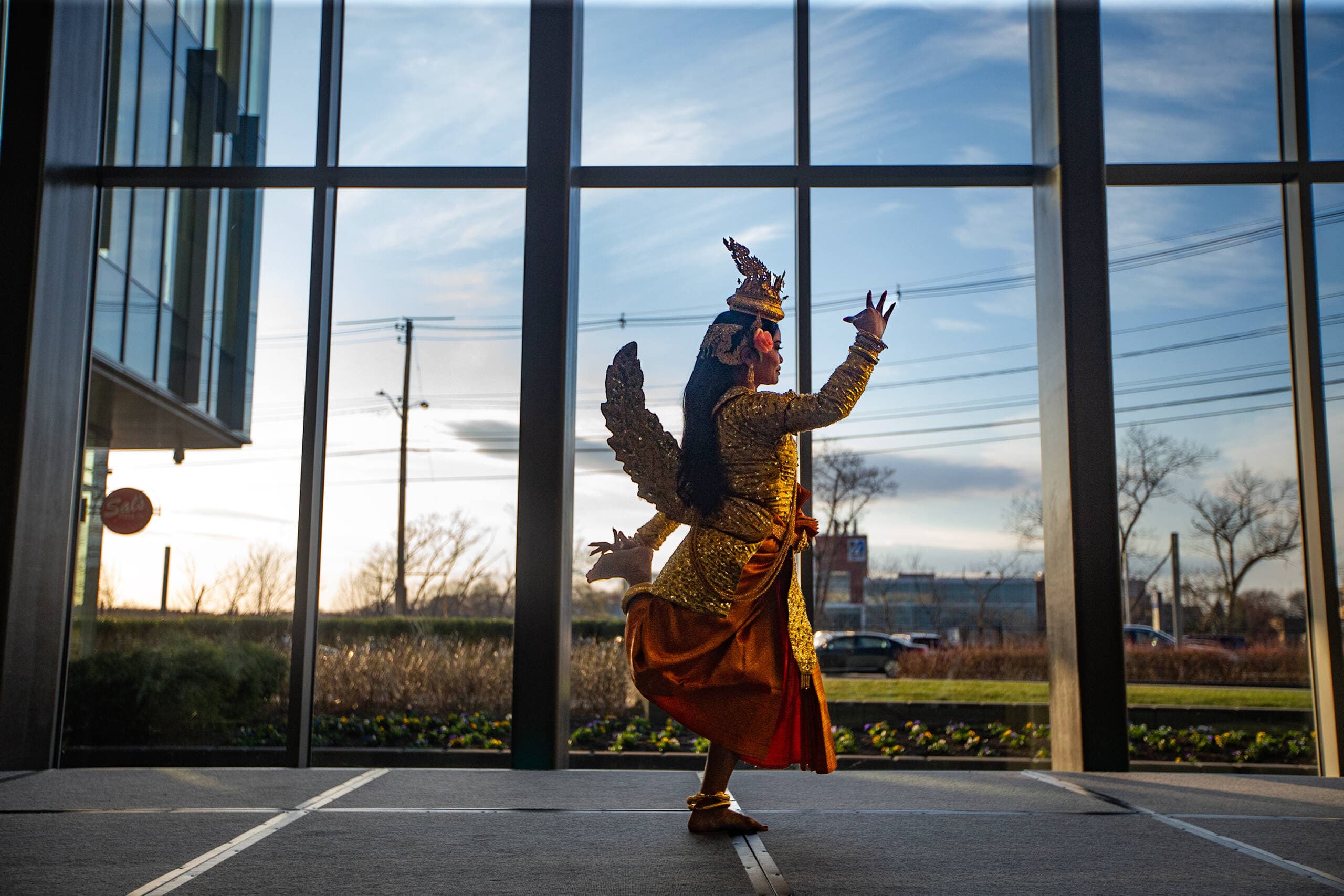
Two dance companies turn pandemic survival into evolution
Through slow, fluid movement, two dancers from Lowell’s Angkor Dance Troupe share a myth from their homeland, part of the folklore of how Cambodia came into being.
It took Phousita Huy, the company’s artistic director, nearly four hours to prepare Channa Sath and Cheymony “Nicky” Fennell for the 7-minute performance. She once performed in Cambodia at the royal palace hand-picked for her size, her beauty and the precision of her movements. At the start of the pandemic, Huy told a member of the organization’s board, “dancers must dance.”
“I preserve culture,” she said. “I want to document [the dances] for the next generation to see it when I die.”
After stages went dark for a time, Angkor and other dance companies emerged with a greater commitment to their artistry and a determination to evolve and innovate.
Transformation at Angkor Dance Troupe
“What makes us stand out from other dance organizations is [we go] from one generation to another generation to another generation,” said Bora Chiemruom, executive director of the dance company. “We are at a third generation now. So the dancers who were dancing when they were like 5 or 6 in the ‘80s have children that are dancing now.”
Art could not exist during the Cambodian genocide, Chiemruom said. This is perhaps among the main reasons preservation is always at the forefront of their minds. Huy learned from masters of classical and folkloric dance, who were forced to hide their talents for fear of being killed.
“[Her teacher] would be washing dishes, but at night her teacher would dance in the moonlight to remember the movement in order to preserve it,” Chiemruom said.

On a recent Wednesday, Huy draped the dancers in gold jewelry, folded silk fabric tightly and sewed each dancer carefully into their costumes. Before going onstage, they bowed before their teacher and an altar in the room with offerings like apples and incense asking the ancestors to bless their performance.
Onstage, they transformed.
A warrior in a monkey mask seeks to cross a bridge. A woman plays a mermaid who impedes his way and steals his heart. Each dancer angles their body with a flexibility and grace earned from a long, storied history.
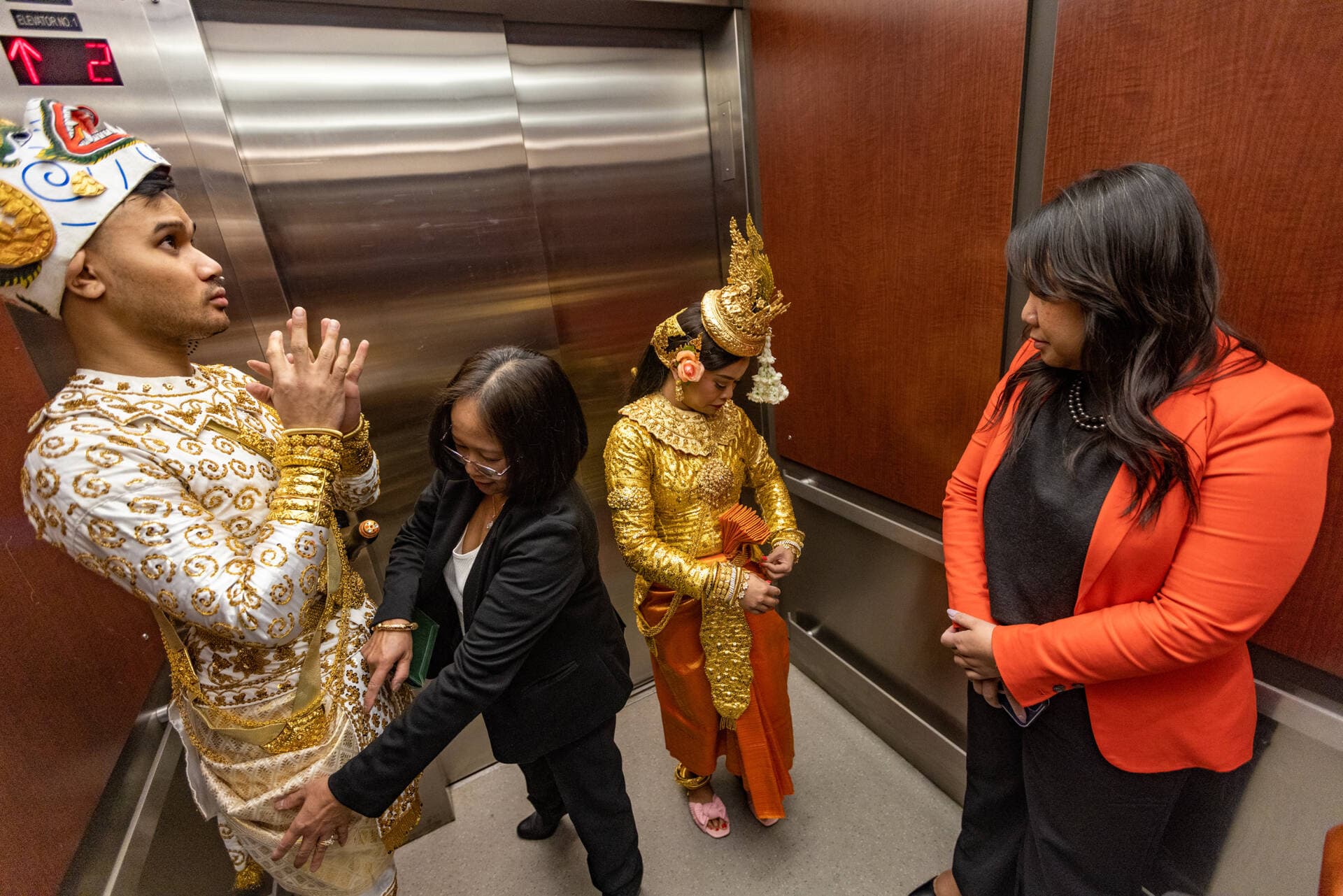
This traditional dance style survived the Cambodian genocide in the mid-1970s when a communist regime killed millions. It traveled with refugees, like company founder Tim Thou, who attempted to preserve this heritage, while seeking a new home in Lowell. The organization grew, eventually performing at the White House before then President Bill Clinton. Nearly 40 years later, it survived a pandemic. Angkor Dance Troupe’s board president Sue J. Kim says the last three years were initially devastating.
“So Angkor was already struggling a bit before the pandemic because … they were struggling financially,” she said. “They didn't have a full-time executive director … It was a matter of survival. Like, how do we just keep going? How do we figure out how to keep going day-to-day?”
In-person classes shut down. They attempted to teach some over Zoom, but the company still found itself adrift until an infusion of more than $300,000 in grants. Among these are $100,000 over three years from the Barr Foundation and $25,000 from the Parker Foundation as well as donations from individuals. Pre-pandemic, their budget was under $100,000. Chiemruom, who started last summer, now hopes to see them expand beyond dance into language and music lessons.
“I want to encourage more innovation from our young people because they are more socially aware of what's happening in the world,” she said. “We want to do more DEI work, racial justice work and it's going to be the young people that's going to be leading it. We want to be able to give our young people the freedom and the creativity to do what they want to do.”
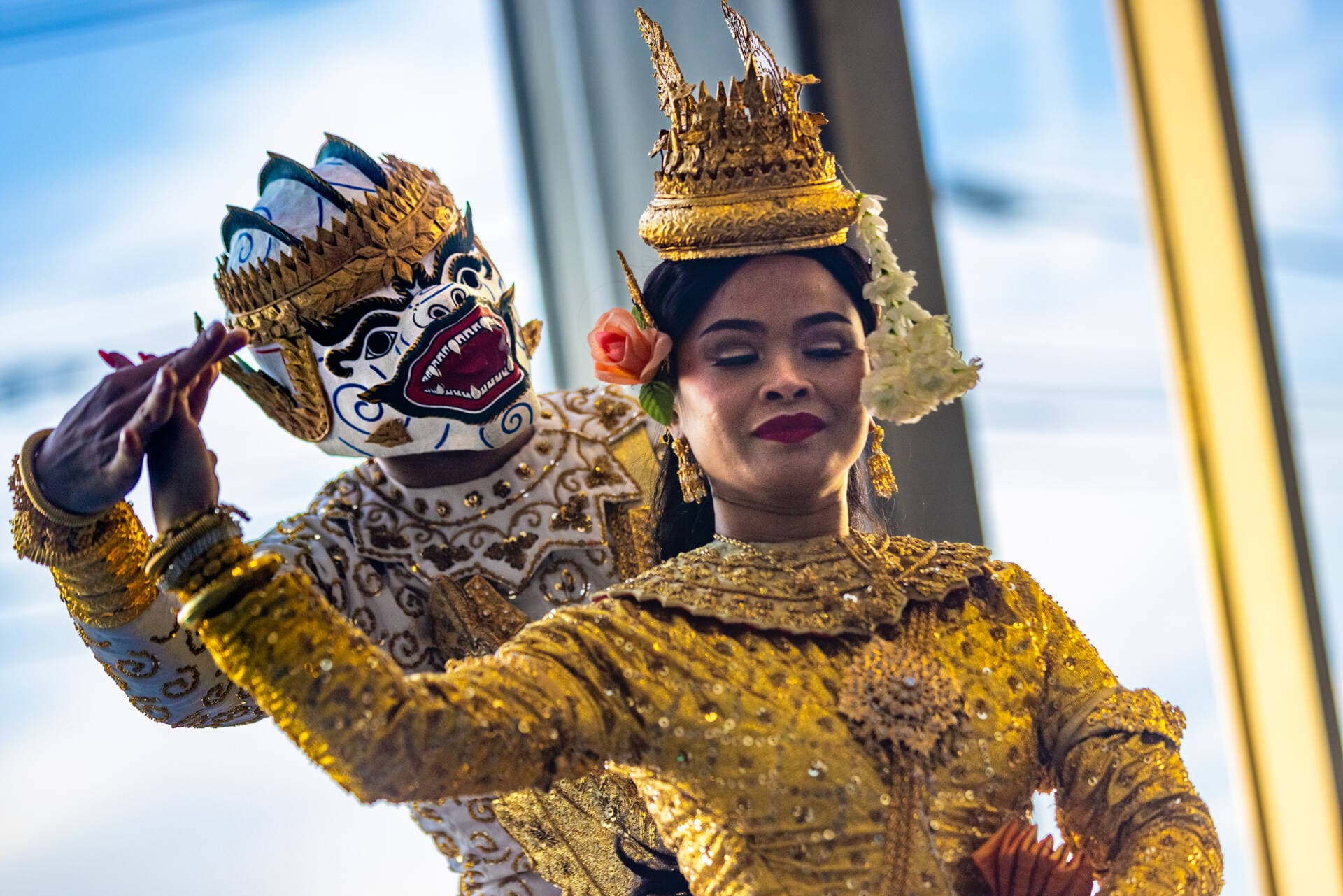
Part of this is hiring some of the instructors full time and achieving a level of pay equity to give them the opportunity to live as professional dancers. The organization also recently rented a space inside Western Avenue Studios that will act as a costume department to put their culture on display and offer workshops that will be open to the public. It’s not far from the heart of the local Cambodian community in Lowell.
Administrative coordinator and instructor Curtis Mai and principal dancer and instructor Victoria Phan have been working to get the studio open. They plan to teach about the coconut dance, the blessing dance, and one of Mai’s favorites, a two-person peacock dance, which requires a certain level of flourish and has a large feathered costume.
“I started dancing when I was 5. My mom made me dance,” Mai said. “And then you know how parents are. They're like, ‘as long as you live under my roof, you got to dance.’ That was her rule. So I don't live with her anymore. But I chose to stay because I'm so invested in the community we built.”
Phan started dancing when she was a toddler. Both her mother and grandmother are dancers.
“I feel like even though we’ve been here for like 37 years already, I feel like with this new space it’s like we’re starting new … like we're rebuilding ourselves,” Phan said.
Growth at the Boston Ballet
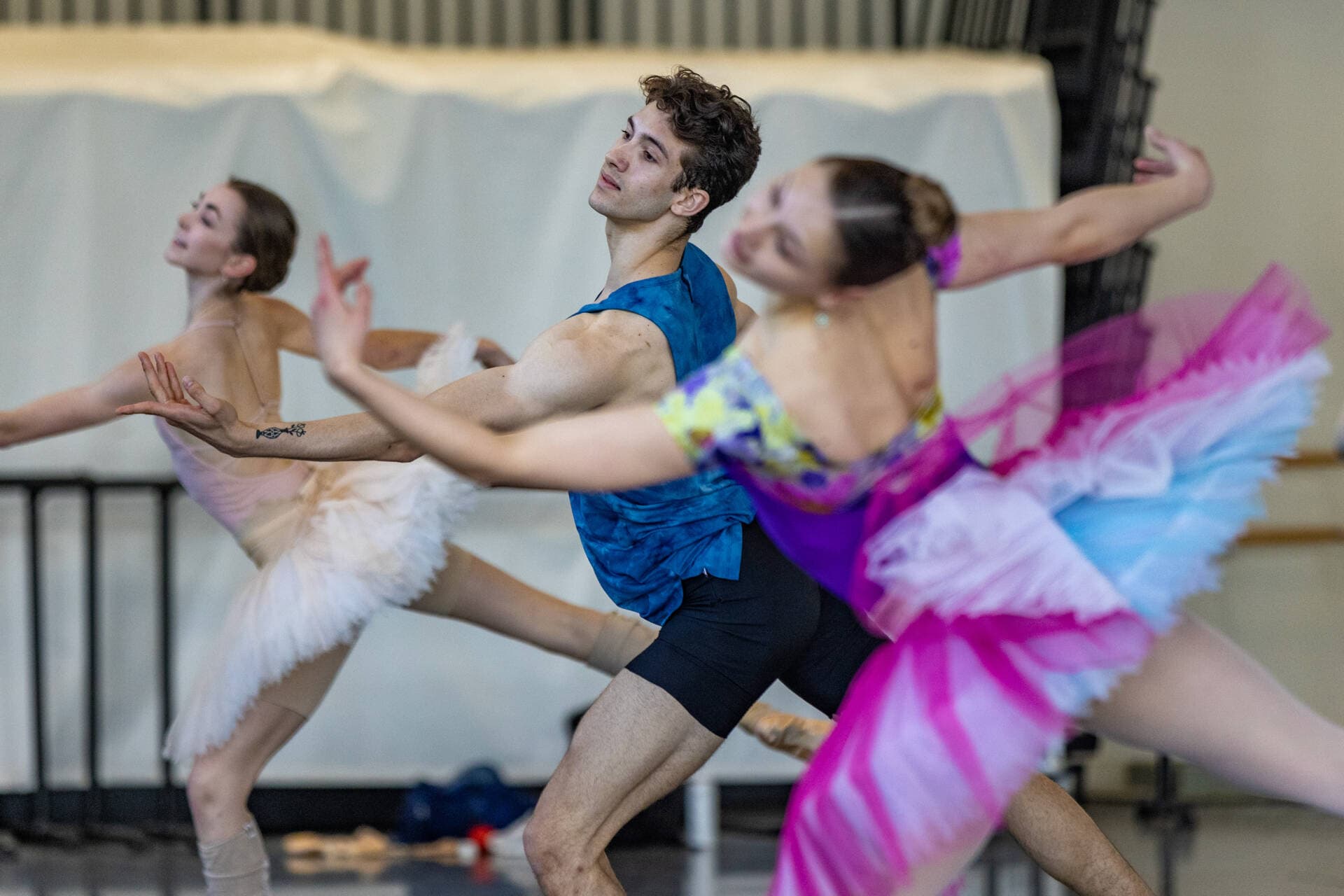
A few towns over, the Boston Ballet finds itself in a similar position, stabilizing and reconstructing.
Rehearsal Director Anthony Randazzo corrects the positioning of dancer Schuyler Wijsen as he glides along the floor. Wijsen is rehearsing a pas de trois with soloist Addie Tapp and second soloist Lauren Herfindahl for an upcoming production of the classical ballet, “The Sleeping Beauty.”
“I think because ‘Sleeping Beauty’ is such a pristine classical ballet and the music is so slow, but you're doing these really technical steps,” Wijsen said. “You want everything to be very perfect, very clean, and make it look like no effort to the audience when in actuality it's a lot of effort.”
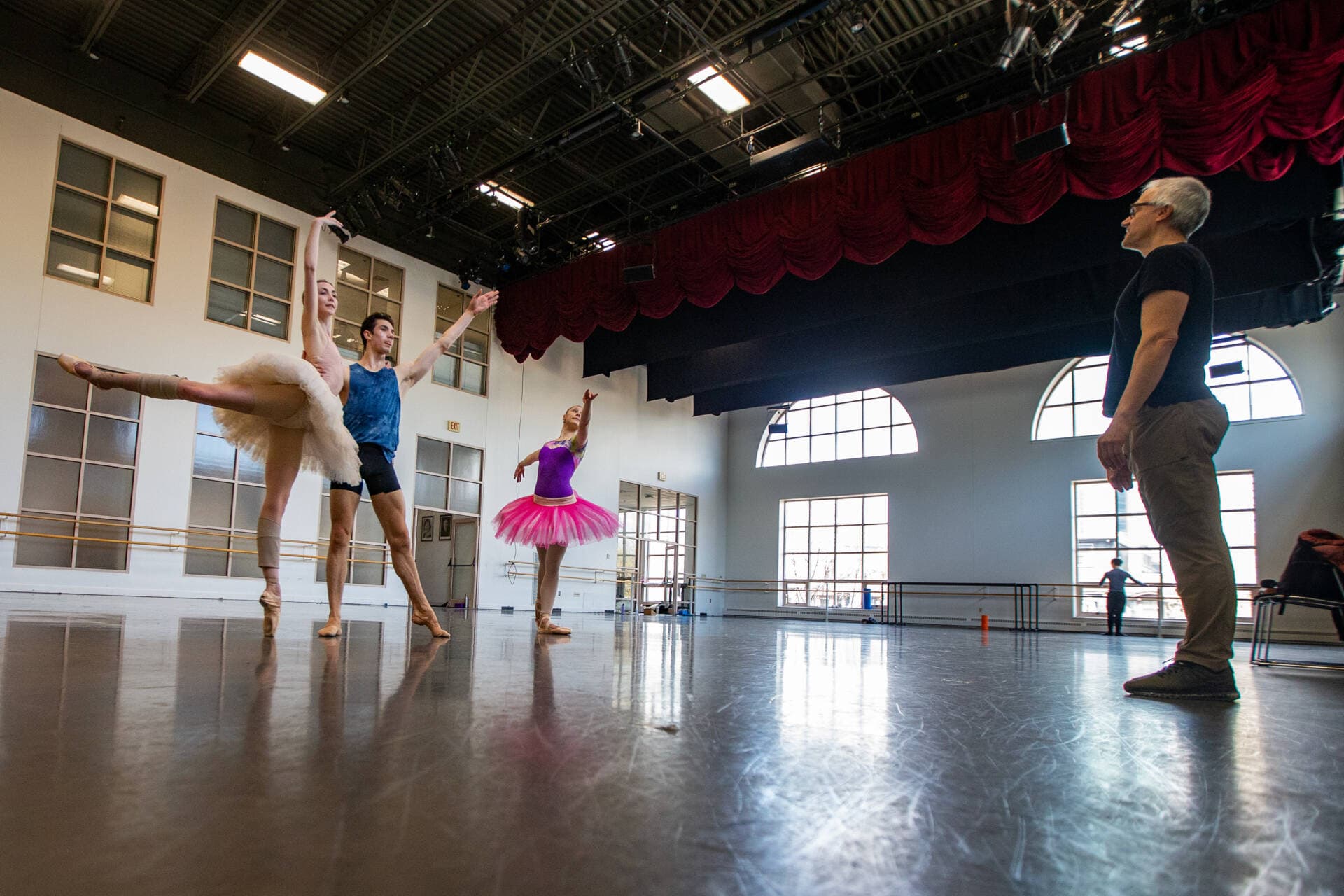
The Boston Ballet is calling its current season an evolution, touching on subjects like climate change as well as tackling commitments to a more inclusive workplace. They’ve continued to host full company town halls on Zoom that allow for more feedback, said Executive Director Max Hodges.
“There were a lot of different transformations during the pandemic, a lot of new muscles built,” Hodges said. “It does really feel like the transparency of the organization has changed. And there's more voices, there's more direct communication.”
While internal culture shifts, they’re trying to understand audience behavior. Hodges says people now gravitate toward ballets with name recognition like “The Nutcracker” and “The Sleeping Beauty.”
“If this is a short-term change in audience behavior, no problem,” she said. “But if it's long term, it starts to put at risk innovation in the field and some of the exciting new works that we invest in.”
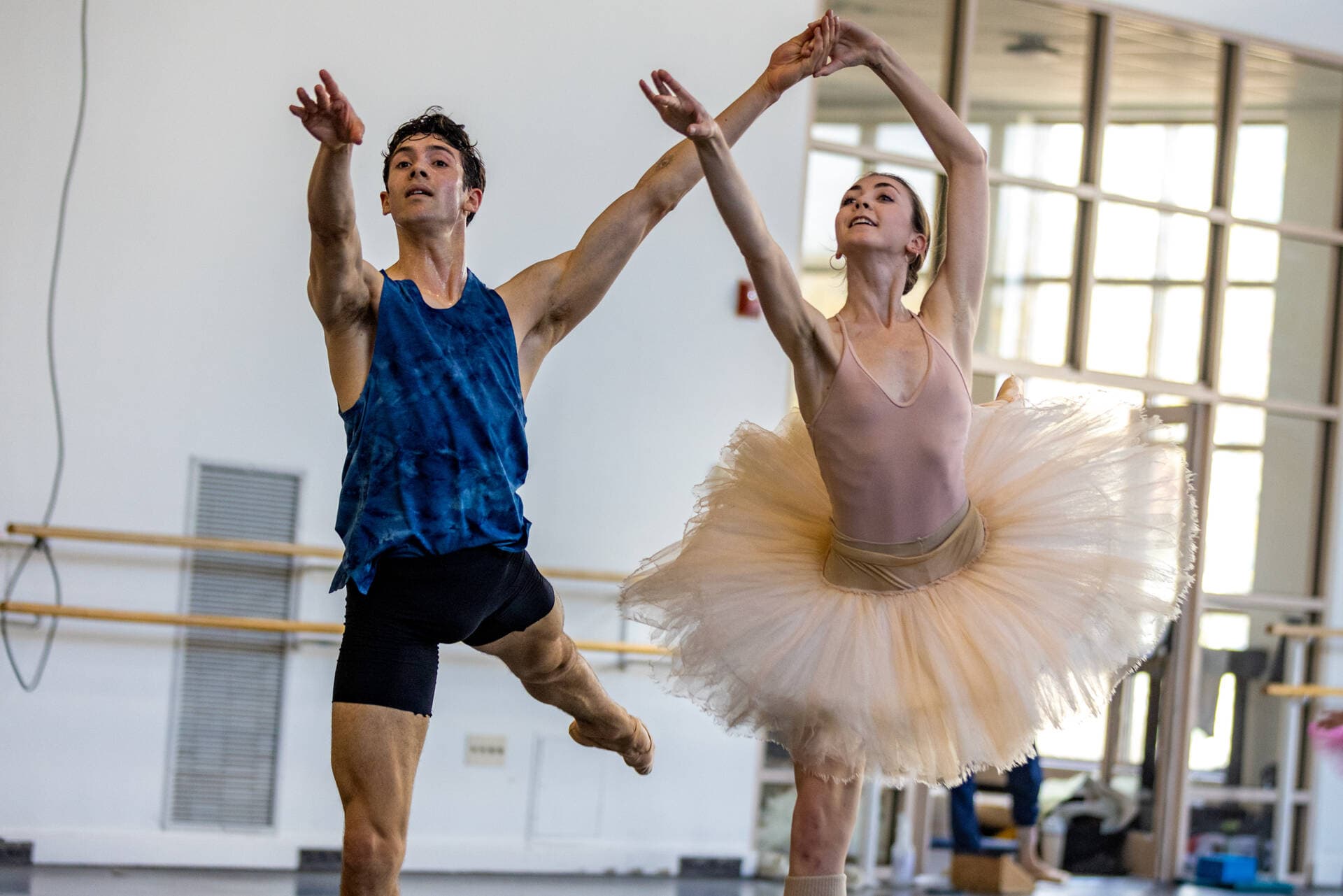
Part of this investment is commissioning ballets from historically underrepresented voices. The company is also examining the canon to remove offensive stereotypes and other problematic portrayals. They’re also focused on going into communities through ÜNI, a multimedia public art pop-up.
“When we think about how to challenge folks' preconceived notions of what ballet is and who it's for,” Hodges said, “I think that experience of walking into this immersive dome, seeing the innovative nature of the movement of Boston Ballet, seeing the gorgeous diversity of Boston ballet dancers — it's one of the ways we're reaching that community in new ways.”
Dance offers something communal, a moment that Hodges calls the “catharsis of the crowd.” It’s a language, one Bora Chiemruom says dancers will find a way to express, one way or another. This miracle of movement is a part of the human experience.
This segment aired on May 3, 2023.
